SUBJECT posted by Tiffany Routon - IndustryIntel Ltd
---------------------------------------------
Pouch manufacturers really should push the sustainability of pouches - "one truckload of empty plastic pouches can contain the same amount of product as 25 truckloads of empty glass jars, and10-25 truckloads of rigid packaging." The green angle always resonates with consumers.
Innovative designs reportedly helping pouches gain market share; innovations include zippered closures, novel printing techniques, improved barrier properties industryintel.com
Pouches come in more variety and have more of a market share than they ever had, thanks to innovative designs such as zippered closures, novel printing techniques and improved barrier properties, according to presenters who gathered at the Global Pouch Forum in Fort Lauderdale, Florida, from June 7-9,
Plastics News reported July 13.
What do you think?
------------------------
Kirsten A. Caruso
Tiffany, we love pushing those hard facts. They love the "green" aspect, but it finally hits home when they hear "less truckloads........"
10 days ago
----------------------------
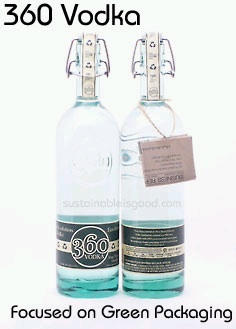
Sebastian Bellino O-I (Owens illinois)
Glass is still much more environmentally sustainable than pouches. It's the only packaging product that is infinitely recyclable. When the Life Cycle Analysis is compared on a like basis, glass is a much more "green" product.Also the attributes of glass - taste, purity, health, sustainable, premium, transparent makes it a fantastic product to help marketers and manufacturers alike add value and diffierientiate their offerings. .www.glassislife.com
9 days ago
-----------------------
Gordon Robertson- Independent Consultant •
Sebastian - please provide details of a peer-reviewed LCA that compares glass containers with plastic pouches before claiming that glass is "much more environmentally friendly." Also you may like to read this report from the US Department of Energy on glass container recycling before trumpeting the "glass is infinitely recyclable" mantra. See http://www.osti.gov/bridge/product.bibl ... d=10161731 for a copy of the report by Gaines & Mintz.
-------------------------
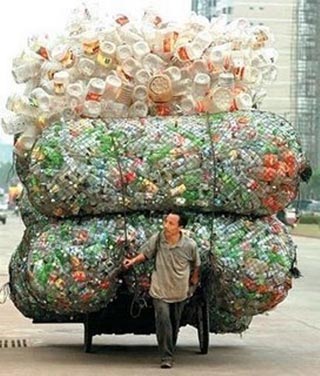
Allan Griff - Independent Plastics Engineer
Glass is environmentally indefensible because of the energy needed to dig its materials, transport them, melt them together at very high temperatures, transport the containers to fill points and retail points, and pay the environmental price of greater protective secondary packaging (crates, boxes, etc.), plus the safety hazards and eternal life (no degradability, which some people think is bad). Even in recycling, we still need that high energy to melt, transport, etc. I've done the numbers -- see link on my website: www.griffex.com/Griff-gpec-and-tables.pdf.
Glass is esthetically defensible, however, because people like it, and pleasure is a positive value if not allowed to cloud all others.
Bellino lists 5 advantages of glass --
1. Taste. Appropriate plastic packaging does not change taste, and prevents air/water passage that might make such a change.
2. Purity. What does that mean? Glass is formulated of several ingredients just like plastics. In fact, PET, PE and PP are in that sense "purer" than glass.
3. Health. The main effect on health is the contents, not the package. The negative health effects of "plastics" are essentially zero, but people want to eat and drink anything they want, often ignoring the health consequences, and then distract us by focusing on health effects of the package. Bolonium.
4. Sustainable. See above.
5. Premium. Does that mean it costs more? Is that good?
6. Transparent. We use acrylics for replacement of eye lenses in cataract surgery, and they are working on plastic corneas. Is that clear? Many other plastics are "water-clear." We can even incorporate additives that block or permit certain wavelengths and not others. Can your glass do that?
The scary part of all this is that Bellino is reflecting widespread, perhaps dominant, public opinion. I am especially concerned with finding out WHY people are so ready to accept such opinions -- it isn't just ignorance, because you can lead a horse to facts but can't make him digest and respond to them. I am ready to work on such investigation at any time even to the extent of dropping most anything else I'm doing, if there was a credible funding source, or combination thereof, that couldn't be attacked as self-serving.
8 days ago
---------------
Sebastian Bellino • Allan - interesting response from a person with a vested commercial interest in plastics.
8 days ago-
-----------------
Giulio Ghisolfi - Idealpack Srl
I think that everybody involved in this " useless" discussion, is JUST marketing their own material and packaging solution!
I'm a little bored about it and I hope to see soon an independent "public" organization which gives everyone a clear picture and data of the "packaging" sustainability!
Everybody involved claims that its own packaging solution is "more sustainable" than the other ones?!!? using every time different parameters like energy consumption/recovery, recyclability , foot print, biodegradability bla bla bla bla!
Pls be more seriuos and honest!
I don't think that it will NOT exist one better packaging than any other; so pls STOP to market your solution as the best enviromental one !
LCA is not a good parameter to define it , in particular when it's released by the company or by the association they belong to!
8 days ago
-------------------
Allan Griff
Sebastian, I have no vested commercial interest in plastics. I don't work for any company that is focused on plastics or any other material, but have worked on my own as a consulting chemical engineer (for the past 50 years) and people pay me to tell it like I see it. My expertise is certainly in plastics, but that should qualify me as an expert, rather than the opposite. If you disagree with any of the points in my post, please explain, as I am not afraid to learn and change where justified.
Giulio, I couldn't be more serious and honest. I agree that there are people who will claim most anything that fits their needs, and I can accept that as long as they listen to others.
In my article "Is Degradability Good for the Environment?" at www.griffex.com/Griff-gpec-and-tables.pdf , I recognize the various often-competitive environmental "arenas"
- water pollution, air pollution, land pollution, saving resources, energy, and landfill space, as well as the purely political aspects. To these I would add carbon footprint, which wasn't so popular in 2002 when I wrote the article.I am not marketing any solution as best in general, as every case is different, but we do have to make decisions, and I want to consider the environment as much as is possible and technically supported.
I, too, would like an independent group to set out environmental criteria, somewhat like our credit scores, but they cannot be based on questionable or fashionable beliefs such as the inherent "toxicity" of all plastics, or the unquestioned sanctity of degradable materials. As I noted above, I would be happy to work with such a group, but it seems so far the only nonindustry centers have been co-opted by popular pseudoscience. I haven't given up, as the reward of truth is worth the search.
7 days ago
------------------
Giulio Ghisolfi • Allan, I have never said that your points are incorrect and I believe that you are a serious and honest " packaging" scientist and expert!
I am also convinced like you that plastics ( considering for my point of view Energy as the most important criteria) , and in particulary Flexible multilayer packaging are "probably" the less impact environmental packaging solution for many products : the most pratical demostration you can have, is visiting a retail shop in CHINA and see how many of their products are packed in flexible packaging!
But nevertheless as I have already said before, I am really fed-up about the "Sustainability mantra" everybody is claiming and I am really want like you that an indipendent public organism give official data and state unquestionable criteria to be followed !!
My personal believe is that this "sustainability trend" is above all a marketing ( and of course a business) tool, introduced by :
* the "traditional" material producer like Glass , paper and alu which are fighting to survive against the continuos growth of chemical plastics!
* the New "bioresin" comers/producers like PLA for example (?!!?)
* the end-users and retailers which are using it for improving their bad image of "polluting the world"
* and finally by the many "new comers" unprofessional consultants and teachers who are trying to sell their useless "services" for how long?!? ( see how many congress are made on this matter around the world every year !?!?).
I am a packaging expert and in the packaging business from already more than 20 years and I am wondering why the people are willing to "sell the Bear" before having killed it!!!
What happens if the "confused" consumers start to claim real and concrete results?
6 days ago
-----------------------------
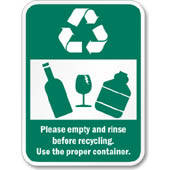
Laurie Shafer • This is probably the most interesting discussion here on LinkedIn. ALL of you have made such excellent points! I've rode that horse for 20 years as a packaging specialist in sales with a vested interest & have witnessed the circumstances unfold, so I understand why & how, along with the need & the impact of ongoing changes.
Alot of money was made & lost out on the decline of serving the glass industry & so many companies are gone now & rightly so. Glass is my preference up to a point & being a consumer, I prefer having a choice of glass, paper & plastic where it's appropriate. As a container for consumable products, during my career pouches have always been the preference for retail in Europe.
Check out my page update for a link to get a free copy of the 2011 Global Innovation Rankings Report as it may give you some ideas of where you can find an independent group or an added perspective.
6 days ago
---------------------
Laurie Shafer • I went to the report site & ran a graph chart for the countries of North America & "Researchers" was blatantly absent. So, I guess that explains why we still must rely on those with vested interests to make things happen.
6 days ago
----------------------
Giulio Ghisolfi • Laurie, an important latin phrase said " De gustibus non disputandum est"!
Your personal point about glass "as the preferred packaging" is valid as a personal opinion, but not for an industrial/business point of view, which has to face with reality results, costs, logistics problems everyday!
"Sustainability mantra" is for the moment JUST and ONLY an utopian vision of future life, and consumers NEED and WANT real and concrete solutions and products to BUY everyday cheaper as possible (that's why flexible pouch packaging is a good choice!).
In China, they are living more than 1.5 billions of people : can you image how many glass containers will be necessary to package their end-users products?
Think about it!
5 days ago
-------------------
Laurie Shafer • Weight & Space becomes an issue for me personally. Being in business, I totally understand the sad reality of what must be $acrificed by business for the greater good of LESS.
5 days ago
------------------
Sebastian Bellino • Lots of INDEPENDENT consumer research has been done that demonstrates that consumers prefer glass for the majority of their packaged foods and beverage choices. Just because it is not available does not make it a less preferred choice. The issue around cost and weight for consumers is obviously a concern when it comes to glass packaging but this is essentially a false perception. In most cases Pouches are more expensive than glass when comparing weight for weight of contents and pricing for PET is less than stable. With a range of light-weighting technology in place, glass is getting much closer to PET and plastics without the disadvantage of toxicology issues such as pthalates and BPA ..... Notwithstanding the valuable comments from everyone on this forum, sustainability and environmental credentials of glass are in fact superior to plastics when you do a full LCA cradle to cradle analysis.There has been peer and independent testing and review of this.
5 days ago
----------------------

Allan Griff • PLEASE -- the phthalate and BPA issues have NOTHING TO DO with PET. Please do not fan this irresponsible and misleading fire. Many in our own industry are confused about this, but we are the best ones to stop the confusion in the outside world.
As for higher prices for pouches, that's sometimes because of the contents, and the convenience they are selling. It doesn't have to be so, especially when wholesale transport and its packaging are included. This is a marketing question.
Price of PET less stable? If it goes up or down $0.50/kg (that is unstable, isn't it?) it changes the cost of a 50-g jar by 2.5 cents. I don't know glass prices, but the huge PET beverage market is sure to keep the PET price within reason.
LCAs say superior to ANY plastic? To PLA? To sugar-based PE (Braskem)? To PET made from renewable plant-based resources, as Pepsi and Coke have been pushing?
What recycling rate do these LCAs use for PET?
5 days ago
-------------------------
Giulio Ghisolfi • Allan, Sebastian is ONLY a provoker! His subjects on glass "sustainable" advantages vs other materials is no-sense and "bullshits" (speaking from a technical point of view) and Glass material will still survive as a packaging solution until there will be "nostalgic consumers" which like to live/to return to the past (the so called Retro Packaging!).
Leave him with his convictions which will help him just to justify is selling budget to his boss!
ps. Consumer research is MARKETING and has nothing to do with SCIENCE and TECHNOLOGY!!!
Another issue : unit cost of a jar glass is low because the company which produce them can the advantage of important "economic scale" and in addition because doesn't taking into account in the price calculation any depreciation costs, due to the fact that they have already completed depreciated it in the past!
But if you have to start from scratch, like in China, the GLASS unit costs will be "completely different" and very expensive if compare with flexible pouches or a PET bottle!! Just to see where the investments of the end-users multinational companies go!!!
4 days ago
----------------------
Paolo De Nardi • I like Giulio approach, not just for Italian solidarity, but for the mind process !
I'm very curious about pouches, in term of costs, both for "science" and for "marketing". I know in Asia it's very common to drink puch on the go, but the cost is not so "green". Pouch is multi-layer (recyclability issue, when specific barrier or taste-prevention is needed?). Pouch may need a special zipper or closure, heavier and again with a different polymer.
I have in my left hand a 150ml, 6.7g pouch.
I have in my right hand a 500ml 5.9g PET bottle.
Am I wrong in considering superior recyclability, less material cost, higher-output technology, in favor of PET ?
For sure (Tiffany's original post) marketing can take advantage of new pouches, as final consumer is more and more demanding for differentiation, and not only for "green cost".
4 days ago
-----------------
Sebastian Bellino • Allan and Giulio - at this stage of the debate (which has been highly emotive from both of you) - lets kindly agree to disagree.
Come stai Paolo - weight of product is only a very minor part of the sustainability argument. Recycling (and not down-grading) and being able to recover the waste back into the system for use in the same product (not alternative products i.e park benches, carpet) is a significant factor in the "green" argument. Glass is much more recyclable than PET and this is not in dispute - biggest barrier is recovering the product from consumer waster stream.
Ciao Sebastian (the provoker and qualified Chemical Engineer (B.Eng Chem)
4 days ago
---------------
Allan Griff • Sebastian and others, Opinions are OK to disagree, but technical points can be established clearly.
Some economic points can also be clear.
Please let us then agree on the following, or present a technically sound reply that disagrees.
Point 1. The phthalate and BPA issues have NOTHING TO DO with PET.
Point 2. The huge PET beverage market will keep the PET price within reason.
Point 3. In LCA, recycling rates make a big difference. At what recycling rates does glass show environmental advantage to PET?
Point 4. On what basis (energy, volume, etc) and in what countries does glass become "much more recyclable" than PET?
Point 5. Are there LCAs which say glass is environmentally preferred (more green, sustainable, whatever) to bioplastics like PLA, or sugar-based PE, or to PET made from renewable plant-based resources, as Pepsi and Coke have been pushing?
Point 6. Closing the loop -- using recycle to make the same product that recycle came from) is a strong attraction to "green people," which is important in marketing, but is an environmental fallacy. Recycling matters to the extent that it replaces an equivalent amount of new material that is now not made. Thus, converting PET to textile fibers, or glass beverage bottles to pasta-sauce jars, are no less "true recycling" than PET to beverage bottles, or glass jars to other jars --- as long as those products would have been made from new material if there were no recycle.
-------------------
Giulio Ghisolfi
Sebastian, personally I leave emotions out of the business and I used them for something more private and funny!
I am not the supporter of any types of packaging and I have not personally anything against Glass!!!
I think that you are replying just for business reasons , belonging to a company which is producing glass and your comment to the first Tiffany's pouch subject was just for bringing defenses to your material category which is strongly under attack.
I am fully agreed with Allan's last reply, which instead is bringing technical issues an appropriate answers to the question and not like your's one which is pure marketing oriented.
So why I made my comments?
Because being in the role of packaging structural development what I HATE more nowadays is that more and more companies directly and indirectly via "unprofessional consultant" use the "sustainability" arguments, which are purely "FRIED AIR", to promote their own solutions or services!
Again, looks in which direction the multinational companies are investing instead to telling stories not supported by data....Glass will stay on the market as other materials, just because in the past huge investments has been made in that direction and not because " is more "sustainable"!?!?!?
Future is for light weight and low impact packaging solutions , and convenient on-the-go solutions like flexible pouches which are fitting perfectly the new consumer needs.
The growth rate of them are unquestionably a factor and you cannot change the mind of the people, using inappropriate subjects like the ones brought by this fashion of "sustainability" ; again consumers are not stupid, in particularly the new generations!!!
Last note for Paolo : light weight is in favour of PET vs pouch for container bigger than 500 ml, but versatility and shelf-life aren't! PET bottle is a reality for liquids in the big volume (and big investments are necessary!!), but there are many different ways to consume a product that cannot be covered just by PET bottle! If not why Tetra brick, the big assent in this discussion, is so common?
21 hours ago
[ add comment ] ( 43 views ) | permalink |




 ( 3 / 631 )
( 3 / 631 )By Giulio Ghisolfi - Idealpack
IMPLEMENTATION is the carrying out, execution, or practice of a plan, a method, or any design or project for doing something. As such, implementation is the action that must follow any preliminary thinking in order for something to actually happen.

In the everyday life, we assist at too many presentations of “good” ideas that never reach the market? Why?
There is a famous old saying that tells “ It’s easier SAID than DONE”!! and this is in my opinion where the problem is.
The companies are generally organized to manage the existing , in particulary through the use of “incremental improvements “ activities (call it INNOVATION in my opinion is too much !!) , but they go easily in trouble when it’s necessary to develop a “complete” new product/solution from scratch.
In the packaging field, the “Innovation process” is even more difficult and complicated to manage (there are too many variables to keep into consideration) , in particulary when there is to develop a really “breakthrough” innovation, mainly because the IMPLEMENTATION know-how necessary is spread inside the whole organization and nobody will aim to take the lead (and the related problems!).
In addition , it’s generally very difficult to find out a “DEVELOPMENT MANAGER” who has the power, the skills and above all the resources to manage the “innovation process” from the idea to the final output: the skills and the knowledges necessary are so many that the “Venture” is generally destined to fail.
So how a company can do it in a reasonable way, controlling the risks ?
Through OUTSOURCING, making use of a specialized “Implementation” partner, ( I prefer to use the definition of “NURSERY PARTNER” ), which can act day by day and step by step under the full company name and control.
Case example:
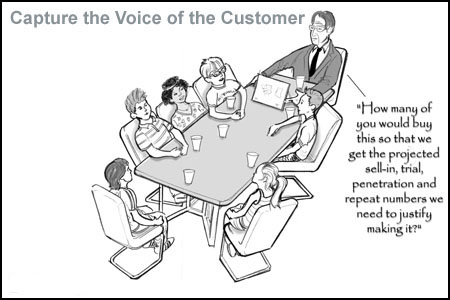
Assuming that a company is willing to introduce a “New Pouch” for a kids beverage (with a shape similar to the sketches you find below) without having the appropriate in-house know-how, in a reasonable time with limited financial resources, how they can do it?
The first issue to be answered is: can we make it? If the answer is yes, which are the suitable material/machinery/process to use?
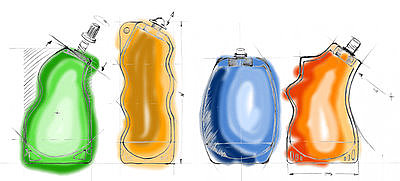
[ add comment ] ( 24 views ) | permalink |




 ( 3 / 164 )
( 3 / 164 )By Giulio Ghisolfi - Idealpack

It is often said on the market "What's new?"
Everyone is looking and aiming for "new solutions" to launch innovative, unique, personalized products but because it is more and more difficult to find them , it's preferred stay with the existing.
However the reality is different and in the world there are launched each year dozens of excellent new "brilliant" solutions , but due to the fact that they are difficult to be understood and to be communicated via the traditional media (paper press in particulary), unlikely they don't arrive on the table of potential users and consumers.
The aim of this editorial is therefore to extrapolate the latest novelties and broaden their plus and their minus, giving to the curious audience ideas and advices for a potential "alternative" or more valuable usage.
INNOVATION does not just mean exclusively develop a completely new product from scratch, but more and more often means knowing how to use in a different and original way materials, technologies that already exist and that can respond in a practical and concrete way to the more sophisticated needs coming from the end-users market.
1- When the Package became a Product : the DISPOSABLE LIPSTICK!!!
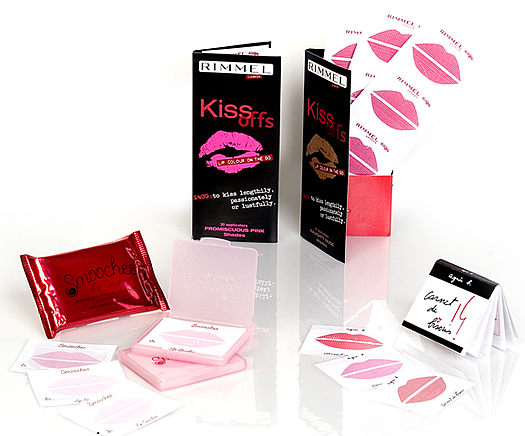
When I saw for the first time this new product on the market few years ago, I said "what a really brilliant idea"!
I quickly matched this solution to
- practicalness : you can easly change the color of lipstick "more times a day", takes up very little space in your bag, it does not deteriorate with the heat!
- originality (it's cool!) : you can try new colors and you can lend to your friend;
- it's convenience : the tube lipsticks are generally expensive for the young generation just for few uses!
I have immediately tested the solution with potential users and I found out that even if initially they were primarily oriented to skepticism on the result (they thoguht it could smear or it could not match the type of lips) they said that it's a good idea in particulary for the girls .
At the end , I can say that the final assessment was generally more positive than expected!!!
My big surprise is that so far this clever idea is still not widely used and not available on the market? Why?
We see the positive side:
- it's a disposable mono use and hygenic
- Practical, each lipstick card is well protected
- Easy to use (you have to take out the protective film , ply it and and press your lips for a moment (see the following instructions)
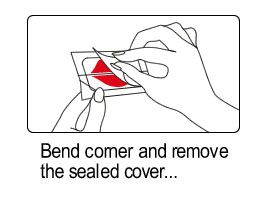
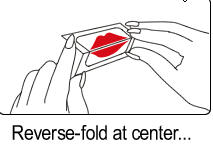
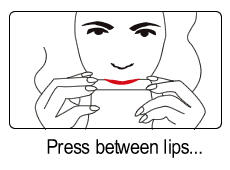
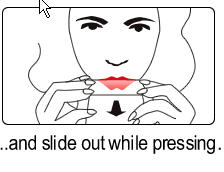
- Easily to carry (it can be also promoted in magazines for example)
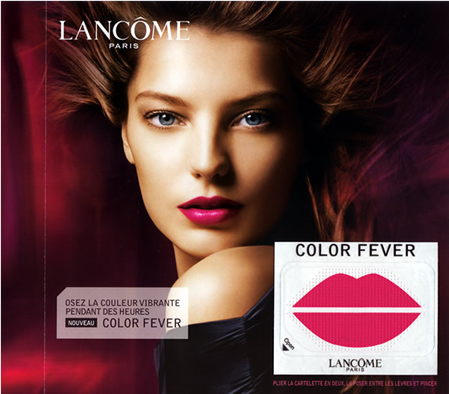
- Very Convenient
Everybody can think of lipstick as traditional "Icona", but why not make use of this "very smart" solution for any other purposes / uses like for example in the MEDICAL area for curing Herpes, for protecting the lips from the sun, for recreational purposes (ex.children...)?
2- The “Tasty” Straw
The straw has been always used as a “fun” tool to facilitate kid’s drinking.
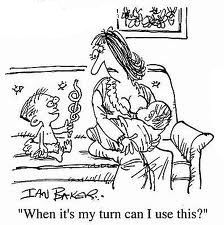
Easy and intuitive to use, it has always had a great success and it has improved a lot the package usage, in particulary when the pack doesn’t have an easy open and reclosable feature.
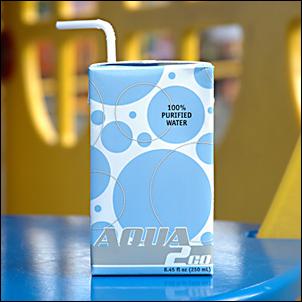
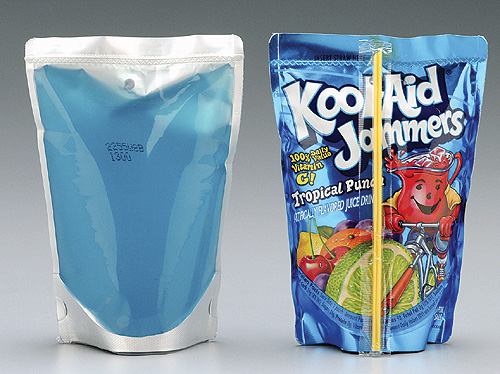
There are on the market a wide range of straws , from the U shape to the periscope one , with the spoon and just recently it has been launched the straw that change the drink’s taste.
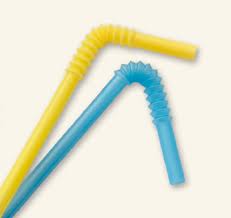
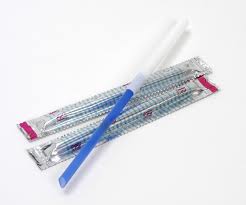
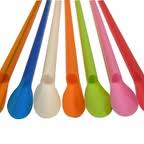
Now these straws has been even filled with probiotics in biosphere.
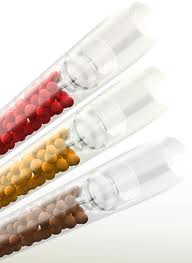
See a product with containing these kind of straw!
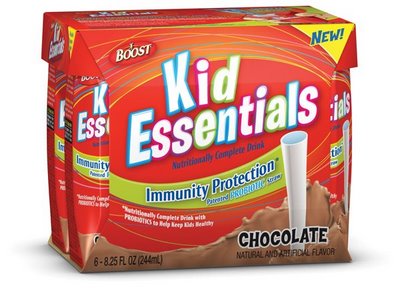
[ add comment ] ( 26 views ) | permalink |




 ( 3 / 2307 )
( 3 / 2307 )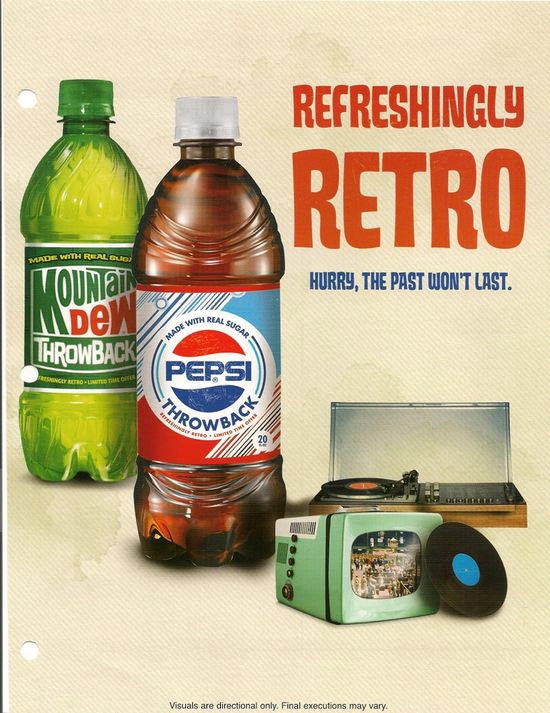
According to the chartered psychologist Ben Williams, the recent nostalgia brand boom is symptomatic of a society caught beteween a recession and a rapid rate of technological change.
"When times are good and life is easy, there is less nostalgia around, and when times are getting hard, people look back at the good old days. At the same time , the rate of changes is becoming too fast for many people. People find change exciting but also worrying. So thing that have been around for a while, or they remember from childwood , have an air or reability that helps them cope".
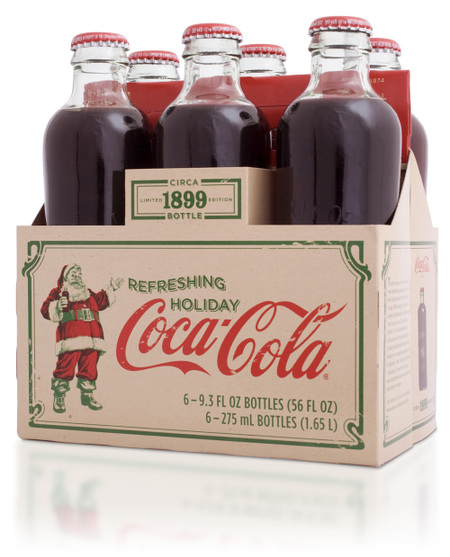
Retro Packaging is a perfect way to capture this willing of return to the past, to traditional colors , shapes making use of “natural” material like GLASS, PAPER and METAL.
It’s also called “Nostalgia design” and it helps to re-establish a relationship with “familiar” things and objectives used long time ago.
The “Retro packaging” mainly attracts adult and helps them to remind of their own past, where everything seemed to be more natural, hand-made and more tasty.
The materials used for packing deliver to the final product a “green-sounding” imagine and are generally easier to be recognised and to be collected.
Here some good examples of product which has made use of it!


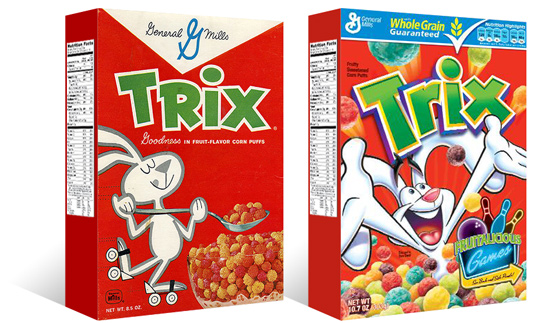
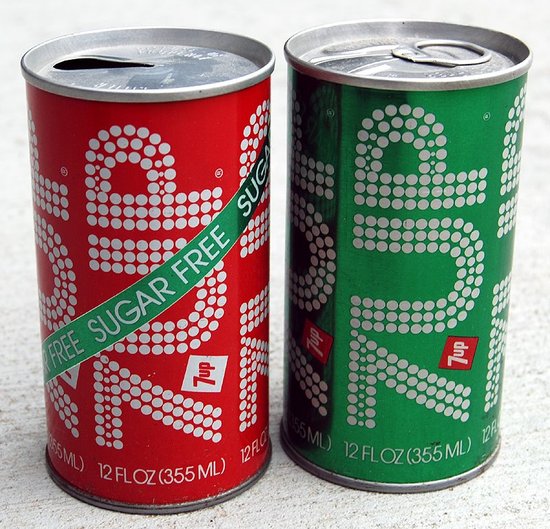
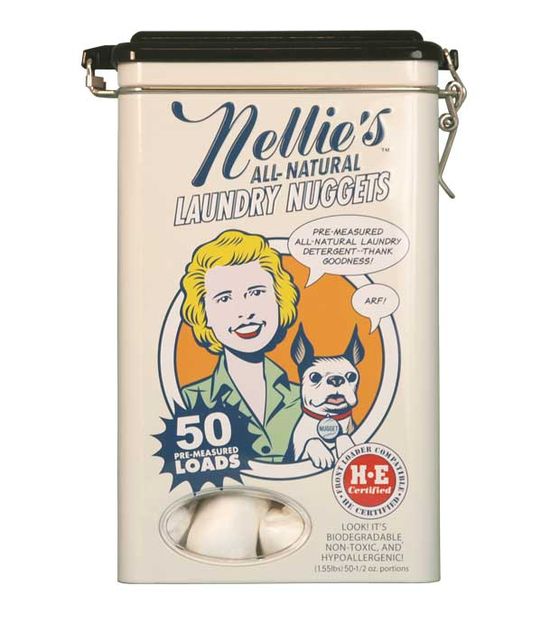
JUST RELEASED......
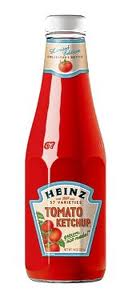
[ add comment ] ( 43 views ) | permalink | related link |




 ( 3 / 2375 )
( 3 / 2375 )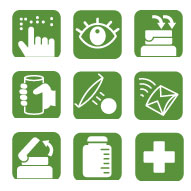
UNIVERSAL DESIGN refers to the design of products, elements, packaging and spaces that can be used with equal effectiveness by anyone, from the elderly or physically-challenged to children or pregnant women, irrespective of the user's abilities or degree of dexterity.
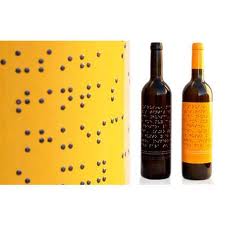 Braille Label
Braille LabelSpecifically, a product package is analysed and examined at each stage of the product cycle, both from the standpoint of its physical characteristics and in terms of its psychological and sensory appeal.
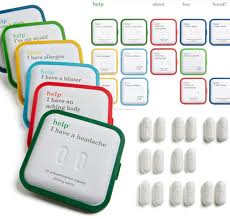
The lesson of UNIVERSAL PACKAGING DESIGN for converter is, stop thinking about ways to packed products and start to think differently in terms of who will be opening your container and how you can make it easier for them to get the most value out of it.
Added value is the heart of UNIVERSAL PACKAGING DESIGN and it's key to the converter's ability to meet the growing needs of the aging consumer base who is going to pay for it (see for example the impressive success of the DUTCH BOY container which has facilitated the DIY paiting!!!!!)
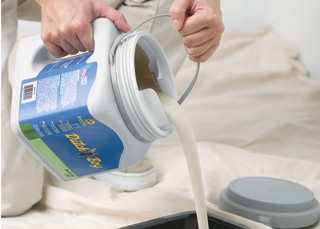
Key Elements to keep into consideration should be:
1. Equitable use - the deisgn must be useful and marketable to people with diverse abilities
2. Flexibility in use - The design accomodates a wide range of individual preferences and abilities.
3. Simple and intuitive use - Use of the design is easy to read, to understand , regardless of the user's experience, habits, knowledge, language skills or corrent concentration level.
4. Perceptible information - The design communicates necessary information effectively to the user, regardless of ambient conditions or the user's sensory abilities.
5. Tolerance for error - The deisgn minimizes hazards and the adverse consequences of accidental or unintended actions.
6. Low physical effort - The design can be used efficiently and with a minimum of fatigue.
7. Size and space for approach and use - Appropriate size and space is provided for approach, reach, manipulation and use regardless of user's age, body size, posture or mobility.
Here will follow a good solution which has facilitated a lot the can opening!!!!
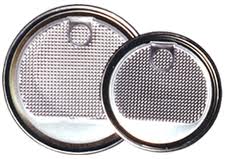
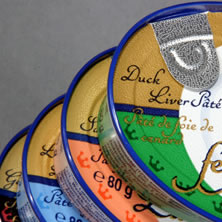
Easy Peel
[ add comment ] ( 87 views ) | permalink |




 ( 3.1 / 2123 )
( 3.1 / 2123 )

 Calendar
Calendar